I don’t know when I developed my fascination for the human form when it’s been contorted or twisted, for whatever reason or by whatever force.
Maybe it was at the Rodin Museum on an icy late-December day in Paris, where I saw this:
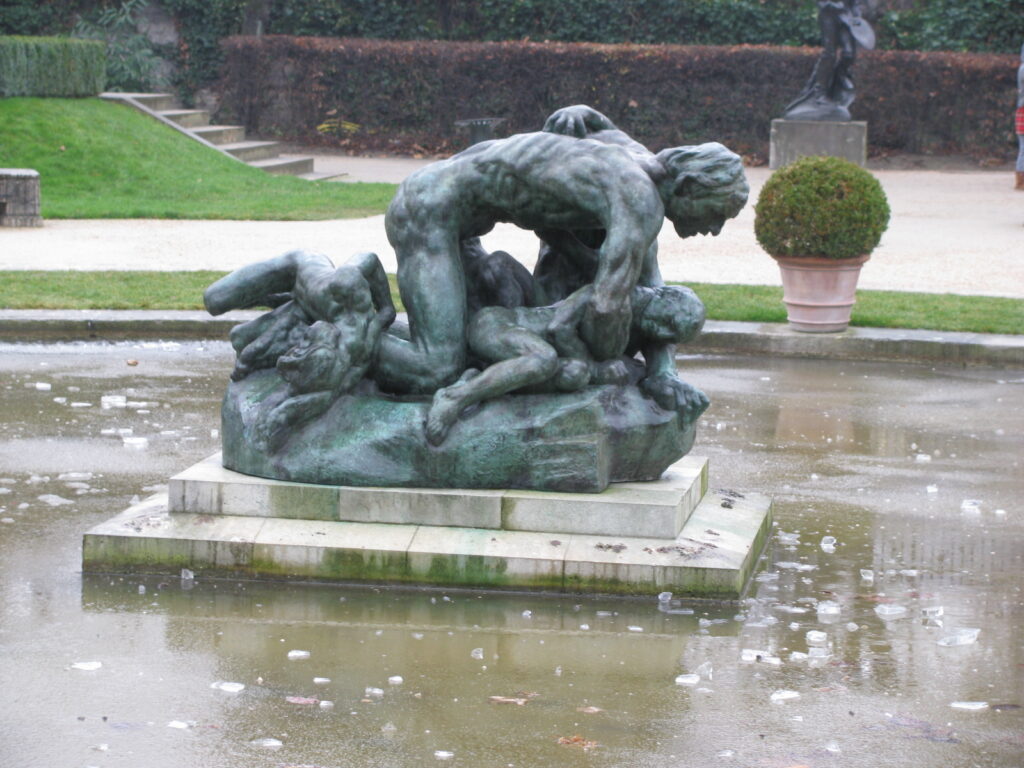
It depicts the fate of Ugolino the Count of Gherardesca, who while immured in Pisa’s Muda Tower, was driven mad by hunger and ended up eating his own children to survive. I remember standing there, frozen to the bone, but unable to escape the tragedy. (Nice story, but pure fiction. When Ugolino’s bones were exhumed and examined for DNA traces of cannibalism, none were found.) Of the Burghers Of Calais, we will not speak:
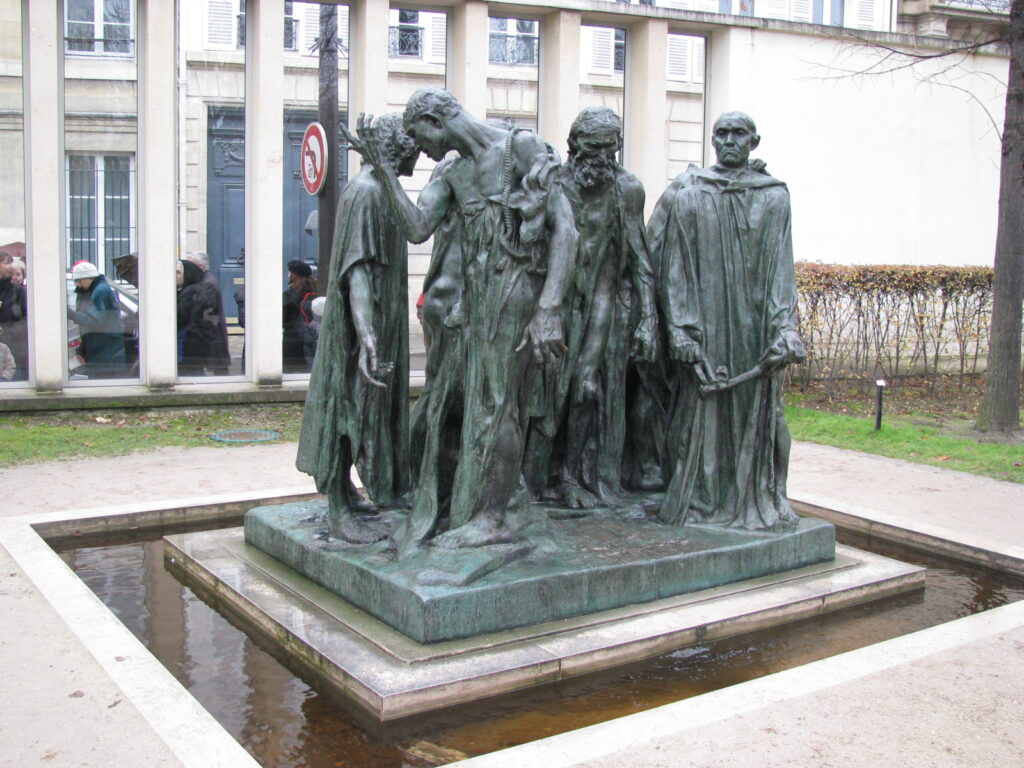
In warmer climes (Vienna, also in December but indoors), I saw a couple of paintings by Austrian Egon Schiele, who after WWI was unable to see any kind of future for mankind, and his artistic vision was distorted thereby in his depictions of people:
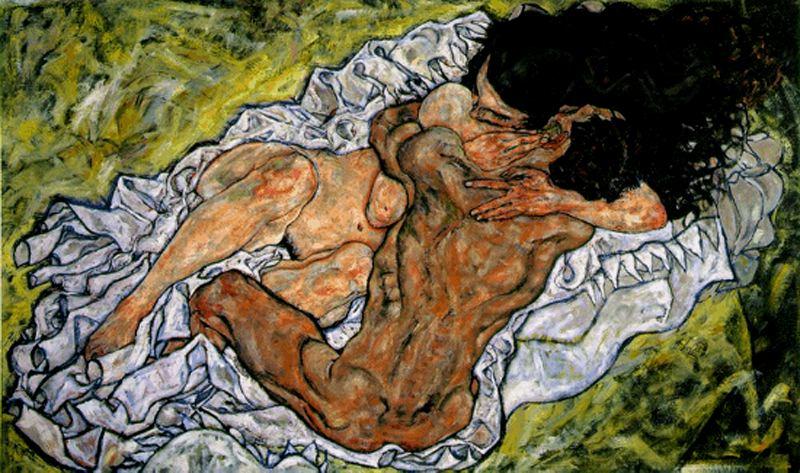
That’s The Lovers’ Embrace, and one has to have pity on them — which was his intention. Even his own wife Edith wasn’t spared:
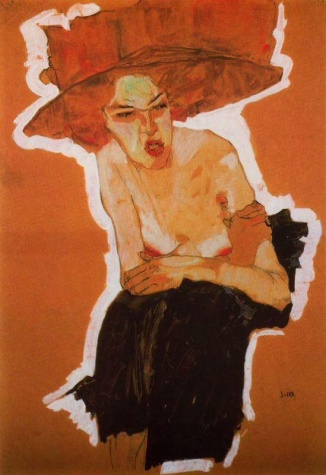
…nor his mistress, Wally [sic] :
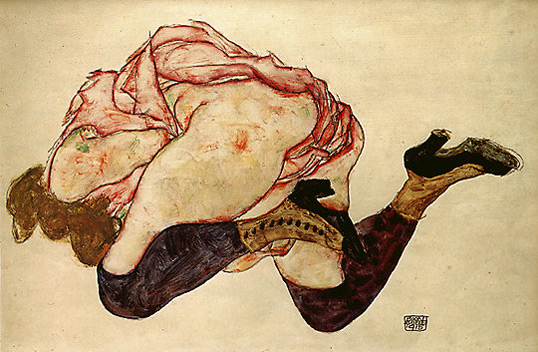
And so to the modern day, where others — perhaps sharing Schiele’s attitude, or maybe just having their own mordant view of the human form, have produced works such as this:
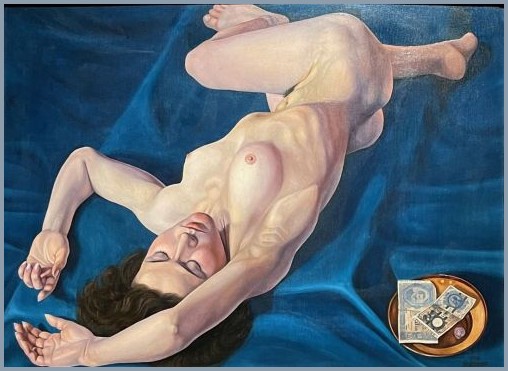
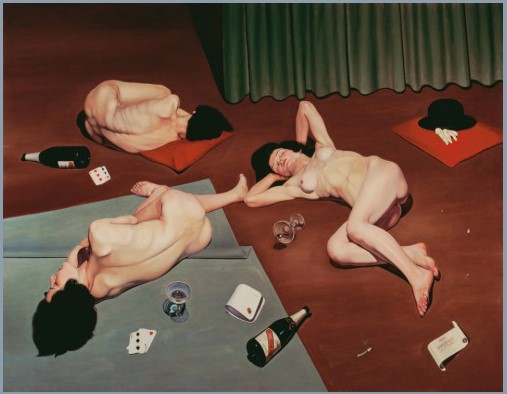
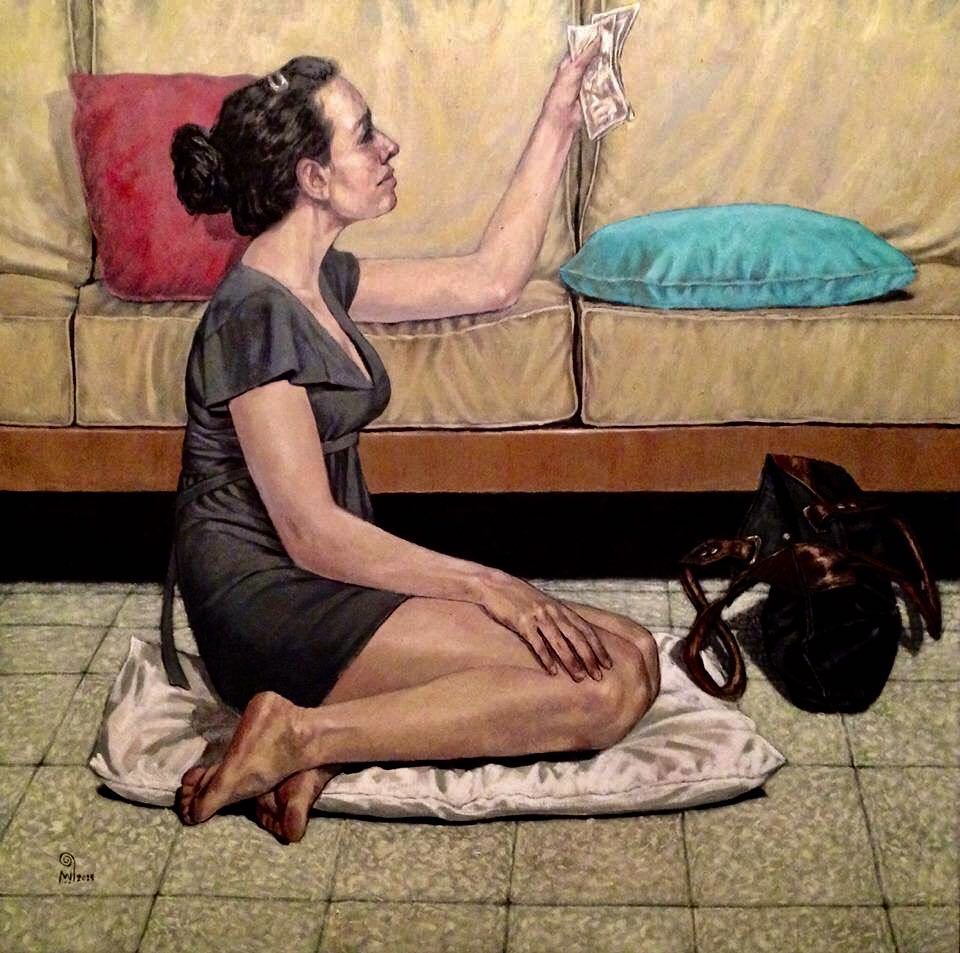
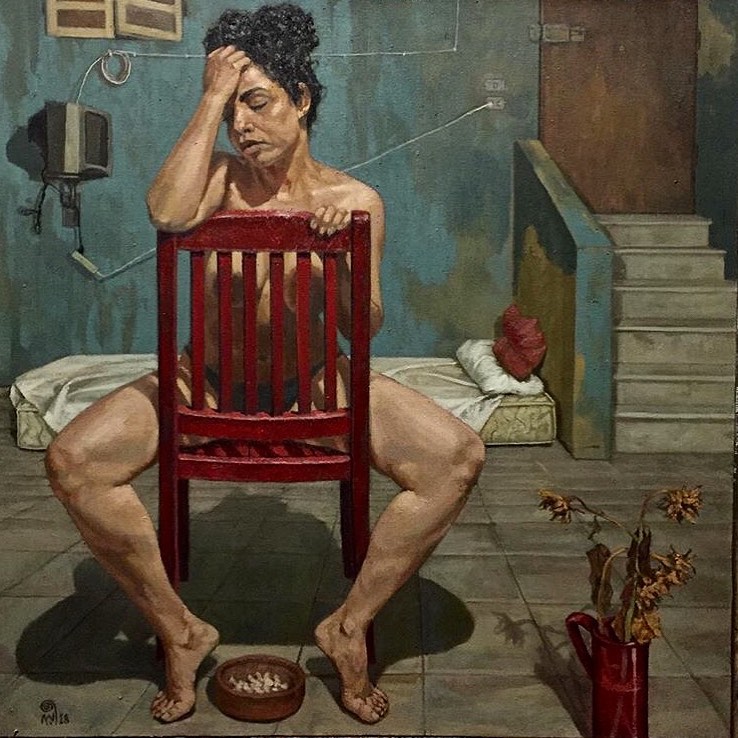
I don’t know who the artists are, but their work fascinates me still.

I’m compelled to note that The Burgers of Calais may be found at McDonalds and similar establishments.
The Burghers of Calais, on the other hand, may be found at a different location.
You’re welcome.😊
The Internet Pedant.
I knew that.
Thankee. What happens when you write after midnight.
You two led me into a long internet wander. Why “Burghers”? The Frogs say the work is “Les Bourgeois de Calais”. The Germans would use some weird declension of the word “Burger” probably with umlaut or two.
Burghers is the Dutch-Belgian variant. Calais is a mere 50km, roughly 30 miles from the Dutch speaking part of Belgium and from the names of towns and villages around Calais, it was once kind of Dutch-ish, so maybe that’s it.
Even so Rodin was a Parisian and would have used Bourgeois.
But why would English speaking, and writing, people use the Dutch term? We don’t do that. When we go somewhere and ask the locals the name of something local we always change it. Hey man what is this place? “Livorno” says the Italian. Righto, “Leghorn” it is say we.
All of which led me nowhere, except that it can’t possibly be “Burgers”, probably should be “The Citizens of Calais” for us and now I want to go see it.
I find that the classical artists accentuated the beauty of the human form while far too many artists of the late 19th through 20th centuries accentuate the aesthetically unpleasing. “The Lover’s Embrace” really looks like two blobs of paint on the canvas in a very two dimensional presentation.
Early 20th century prophets, seeing the rising popularity of Hillary’s early 20th century progressives…